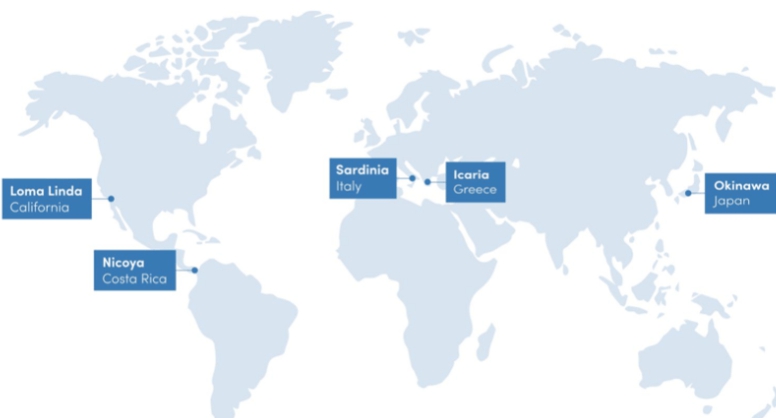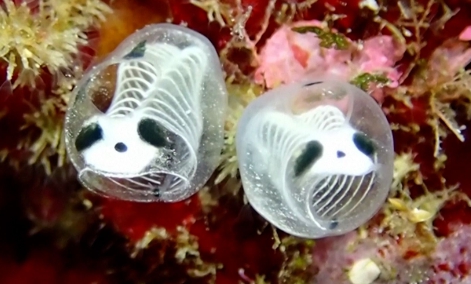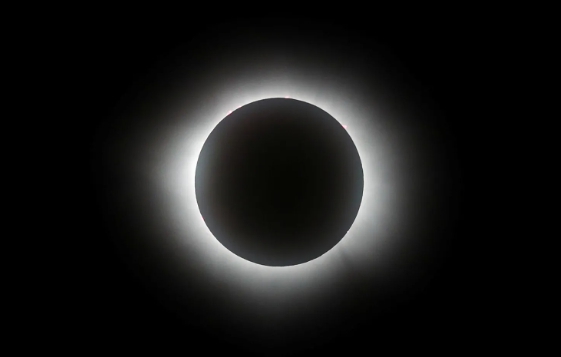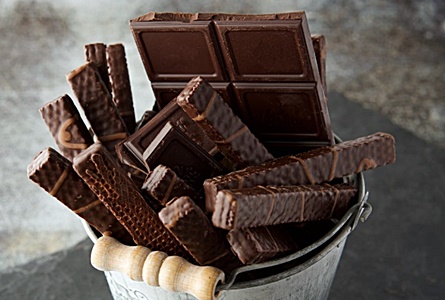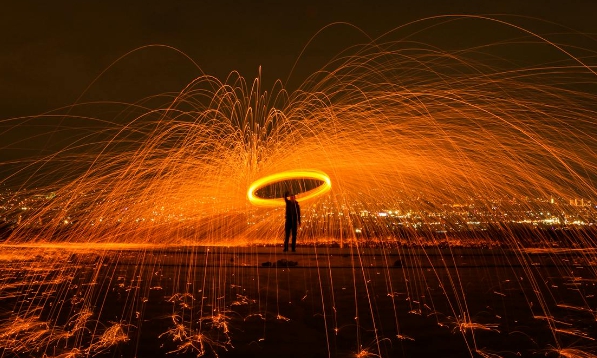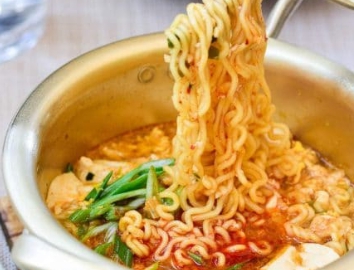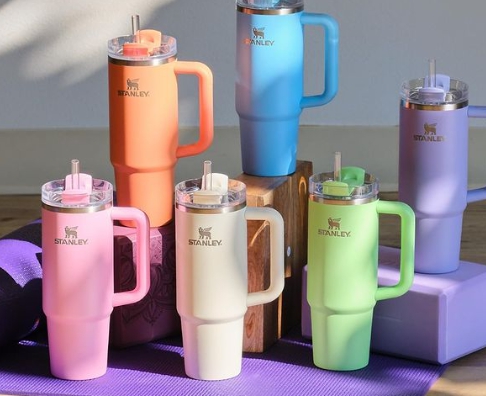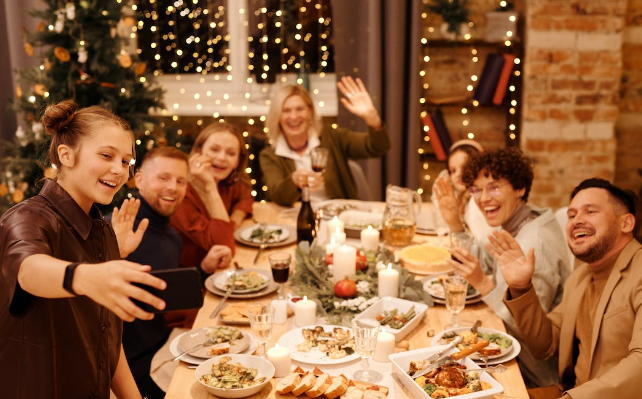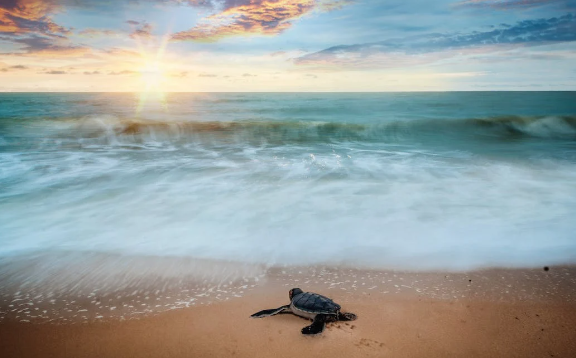바다토끼 - 신기한 해양생물2
Jorunna parva
Meet the cutest sea slug ever.
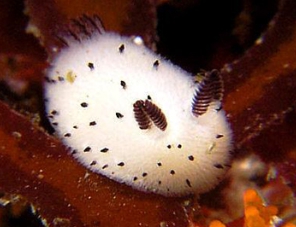
It’s round, and fluffy and has wee wiggly ears.
동글동글하고 푹신푹신하며 꼬물꼬물 귀가 있습니다.
These little sea creatures, affectionately dubbed “sea bunnies,” have become social media celebrities. They’re actually sea slugs.
"바다 토끼"라는 애칭으로 불리는 이 작은 바다 생물은 소셜 미디어의 유명 인사가 되었습니다. 실제로는 바다 민달팽이 입니다,
*affectionate - 애정 어린
*dub- 별명을 붙이다
*slug- 민달팽이
The sea bunny's "ears," or the two antenna-like structures on top of its head, are most definitely sensory organs.
바다토끼의 "귀", 즉 머리 위에 있는 두 개의 안테나 같은 구조물은 가장 확실한 감각 기관입니다.
Called rhinophores, they detect chemicals in the water that helps sea bunnies find food and mates.
후각돌기라고 불리는 것으로, 물속에서 화학물질을 감지하여 바다토끼가 먹이와 짝을 찾는 데 도움을 줍니다.

The structure on the sea bunny's behind that looks like a little "flower" are its gills.
바다토끼의 등 뒤에 있는 작은 "꽃"처럼 보이는 구조물은 아가미입니다.
The fluffy white sea bunnies are primarily found off the coast of Japan. Jorunna parva have also been found in the Indian Ocean and off the coasts of the Philippines.
푹신한 흰 바다토끼는 주로 일본 해안에서 발견됩니다. Jorunna parva는 인도양과 필리핀 해안에서도 발견되었습니다.
*primarily- 첫째로, 최초에, 주로
Jorunna parva have a number of different colorings and are often yellow with black specks and rhinophores. Some can even be a bit greenish.
Jorunna parva는 여러 가지 색을 띠며 검은 반점과 후각돌기가 있는 노란색인 경우도 있습니다. 일부는 약간 녹색을 띠기도 합니다.
*greenish - 초록빛을 띤

Predators stay away from these cute little slugs because they are incredibly toxic.
포식자들은 이 귀여운 민달팽이의 독성이 매우 강하기 때문에 멀리합니다.
* Predator - 포식자
As well as retaining the toxins for their own defense, these sea slugs also absorb the pigments and will change appearance based on what they eat.
이 바다 민달팽이는 자신을 방어하기 위해 독소를 보유할 뿐만 아니라 색소를 흡수하여 먹는 음식에 따라 모양이 변합니다.
*pigment - 색소



